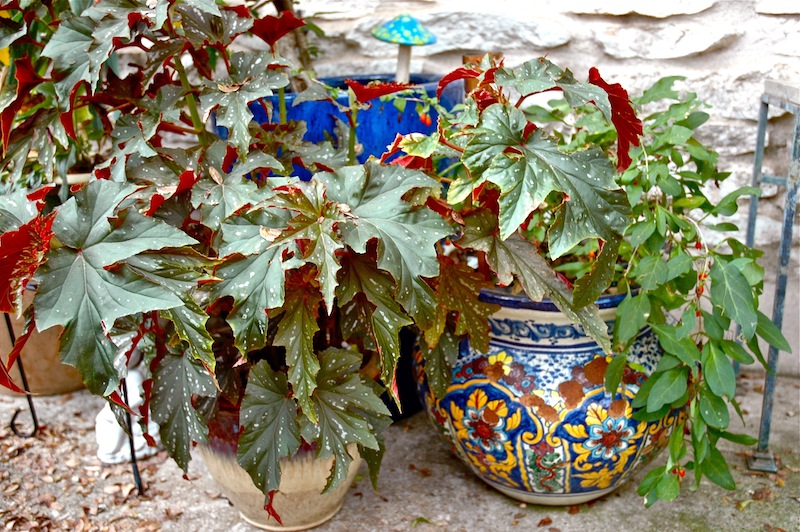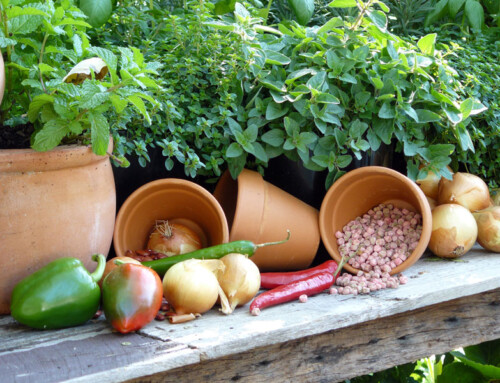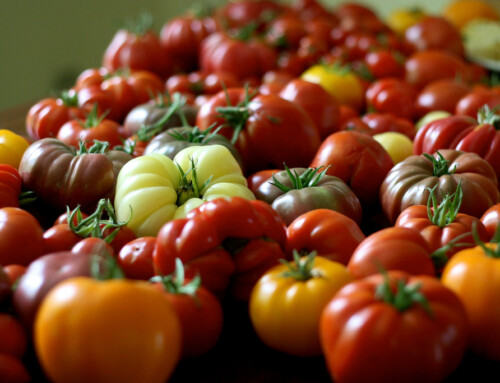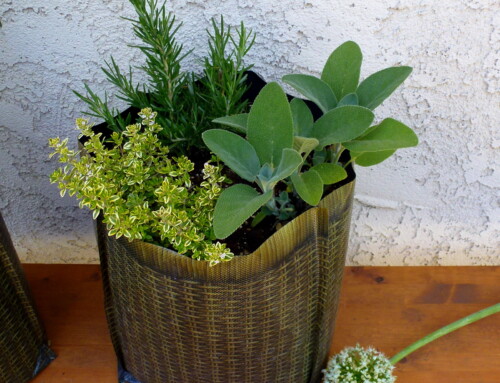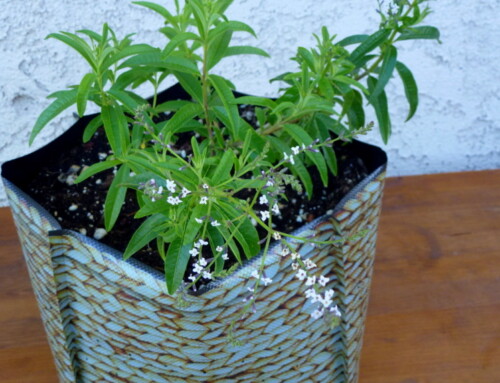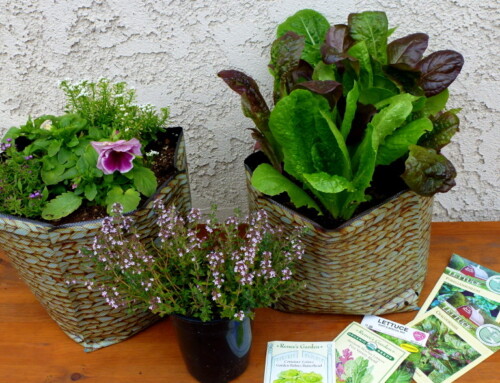Many of us like to take our houseplants or tropicals outside during the warmer months for a bit of a vacation — after all, everybody likes fresh air and warm sun, don’t they? But taking these tender plants back in for the cooler months is a bit of an art form in itself. In order to protect them and get them ready for this change in their environment, here are a few simple steps for prepping houseplants for winter:
Take it slow.
If you suddenly move your plants from outside to inside, you can expect a bit of a protest from them. Remember when you moved them outside last spring? You did it gradually, didn’t you? You’ll need to do the same now. Sudden changes to temperature will result in yellow leaves, wilting or even dieback. Move them from the stronger light into the shade for a few days before bringing them in. When prepping houseplants for winter, plan to move the plants indoors when nighttime temperatures consistently get below 45 degrees F.
Look out for pests and diseases.
Inspect your plants for any hitchhikers or disease issues before bringing them inside — you definitely don’t want any of these problems spreading to your other plants. Treat disease issues with the appropriate treatment (foliar sprays, horticultural oil or fungal treatments), and briefly soak potted plants in lukewarm water in the tub or large sink to lure out any pesky characters.
Repot if necessary.
Any plants that are root bound or have been in the same container for a couple of years will appreciate a newer, larger home. Use a clean container the next size up, and always use fresh potting soil.
Water & fertilize.
While your houseplants will need watering over the winter, they likely won’t need as much. Because of the lower light inside, plants will dry out more slowly, so adjust your watering accordingly. If your potting soil contains a fertilizer, you won’t need to give them any more food for a while, but otherwise look for a good all-purpose fertilizer and use according to package directions. If you have any specialty plants (orchids, cacti, palms) be sure to use fertilizers that are specially formulated for them.
Choose your indoor location.
If your plants have been in bright sun outside, place them by a brightly lit interior window or add a plant light with a timer on it so your houseplants get the light they need. It’s okay if they drop a few leaves; they will produce new growth as they adapt to their new environment.
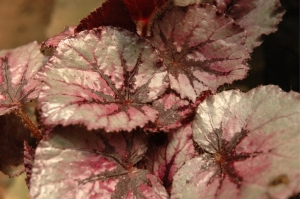 Take cuttings.
Take cuttings.
This is a great time to take cuttings of plants like begonias, impatiens, coleus and geraniums. They’ll root easily in a container with water, and will add some color and interest to your indoor winter garden until you can plant them outside in the spring. Be sure to keep the water fresh by checking it every couple of days.


